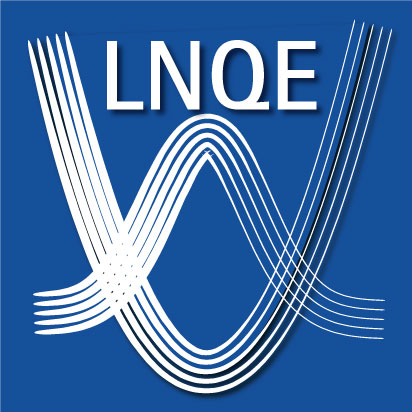Ruddlesden-Popper-type oxides exhibit remarkable chemical stability in comparison to perovskite oxides. However, they display lower oxygen permeability. We present an approach to overcome this trade-off by leveraging the anisotropic properties of Nd2NiO4+δ. Its (a,b)-plane, having oxygen diffusion coefficient and surface exchange coefficient several orders of magnitude higher than its c-axis, can be aligned perpendicular to the gradient of oxygen partial pressure by a magnetic field (0.81 T). A stable and high oxygen flux of 1.40 mL min−1 cm−2 was achieved for at least 120 h at 1223 K by a textured asymmetric disk membrane with 1.0 mm thickness under the pure CO2 sweeping. Its excellent operational stability was also verified even at 1023 K in pure CO2. These findings highlight the significant enhancement in oxygen permeation membrane performance achievable by adjusting the grain orientation. Consequently, Nd2NiO4+δ emerges as a promising candidate for industrial applications in air separation, syngas production, and CO2 capture under harsh conditions.
Original articel:
Z. Zhao, G. Chen, G. Escobar Cano, P. A. Kißling, O. Stölting, B. Breidenstein, S. Polarz, N. C. Bigall, A. Weidenkaff, and A. Feldhoff: Multiplying Oxygen Permeability of a Ruddlesden-Popper Oxide by Orientation Control via Magnets, Angew. Chem.Int. Ed.2024,63, e2023124
DOI: 10.1002/anie.202312473











